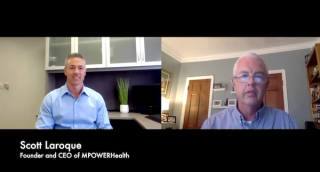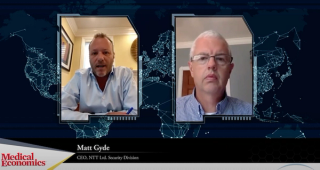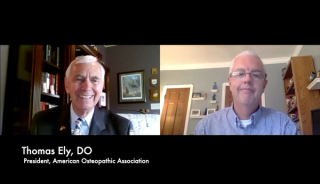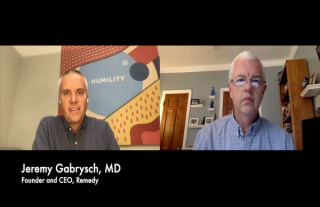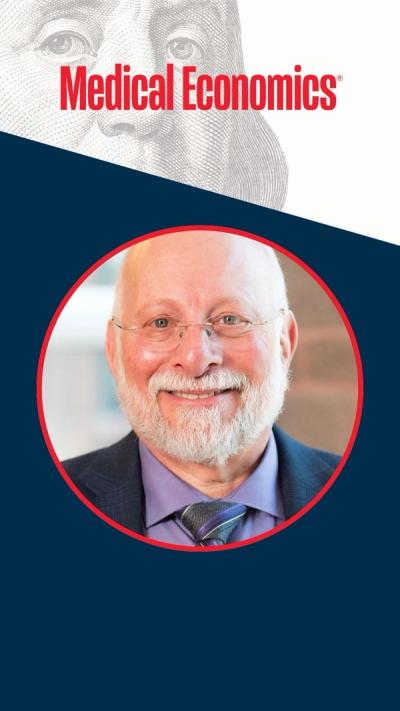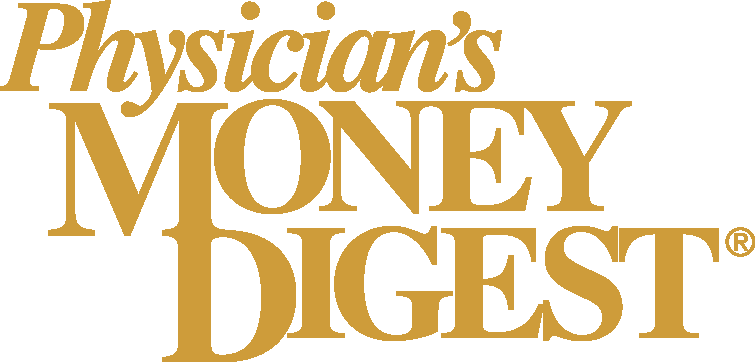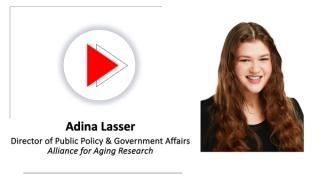
Opinion
Latest News

The financial case for direct contracting partnerships: Why health systems can’t afford to wait
Latest Videos

Shorts
CME Content
More News
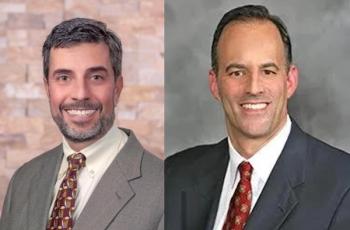
Physicians help patients improve their physical health. Here’s how they can work with others to improve their own fiscal health.
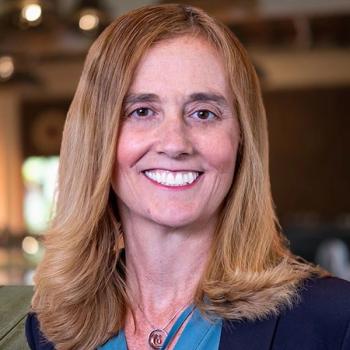
To sustain Medicare Advantage, payers and providers must rebuild collaboration through transparency and standardization.

Primary care physicians may be the first point of contact for the next epidemic. Why don’t we give them the tech to detect and respond to outbreaks?

Language and treatment approaches carry tremendous weight. Here’s how physicians can make mental health treatment part of whole-person care.

Text messaging enhances patient engagement, boosts medical practice revenues, and streamlines operations, making it essential for modern healthcare communication.

Here’s how physicians can avoid some common mistakes when entering into restrictive covenants with employers.

To actually reach HCPs, marketers require more than just impressions. They need intent, context and compliance, all on channels natively part of the health care environment.
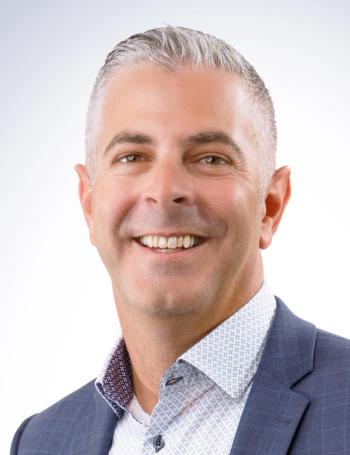
Three buckets to consider for your investment policy statement

If we want artificial intelligence to deliver real impact, we need to fix how patient data are accessed, shared and trusted.

Telehealth is effective — and potentially confusing for physicians and patients. Here’s how practices can avoid leaving patients behind.

With it, patients become active participants in their care and artificial intelligence gains the fuel it needs to transform health care into a system that is smarter, faster and more equitable.

CMS is at a decision point: How to improve regulation while maintaining access
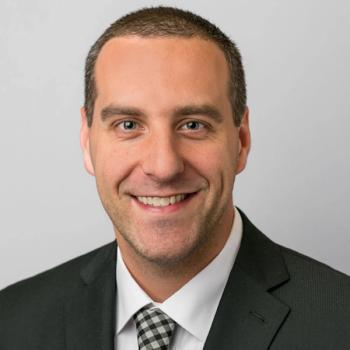
Private equity’s growing role in health care has drawn fierce criticism, yet the evidence of harm remains mixed and far from conclusive.

The trust between physicians and patients extends to the handling of medical records.

A bipartisan proposal could bring needed relief for immigrant workers and physicians.

HHS, RFK have called for a sweeping ban on 7-OH — without public data, confirmed fatalities, or expert input.
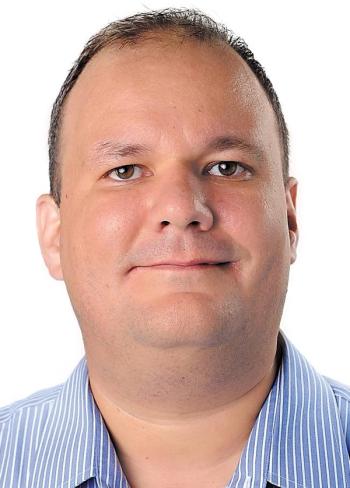
The One Big Beautiful Bill Act, now the law of the land, will bring change to U.S. health care.

How to shift compliance from an administrative burden to a competitive advantage.

Teams, tech and accountability are part of a new model to improve care for patients with complex or chronic conditions.

With advances in treatment options, primary care physicians have more good reasons to urge smokers to get screened.
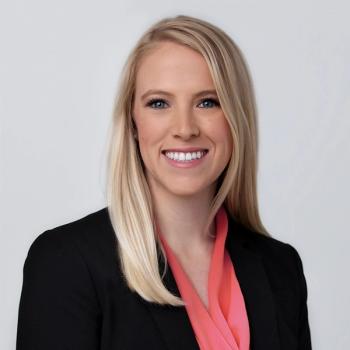
How small practices can turn claim denials into faster payments, smarter workflows and long-term financial stability.

Life expectancy has been unchanged for American women for a century — and may get worse due to lifestyle choices.

Precise targeting to highly relevant audiences is crucial.
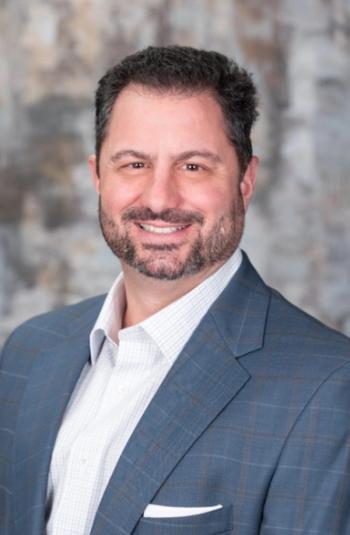
Right now is the best time for doctors to develop financial awareness that will be the foundation of long-term success.
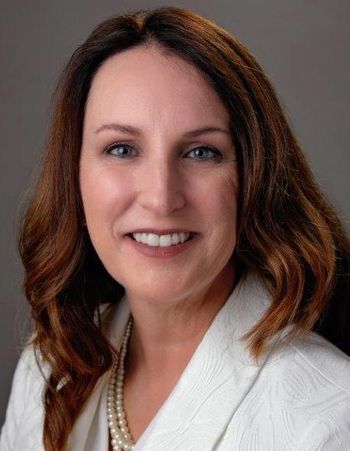
Amid growing demand, primary care physicians find themselves on the front lines of autism detection and referral. Here’s what they need to know about new developments in care.





